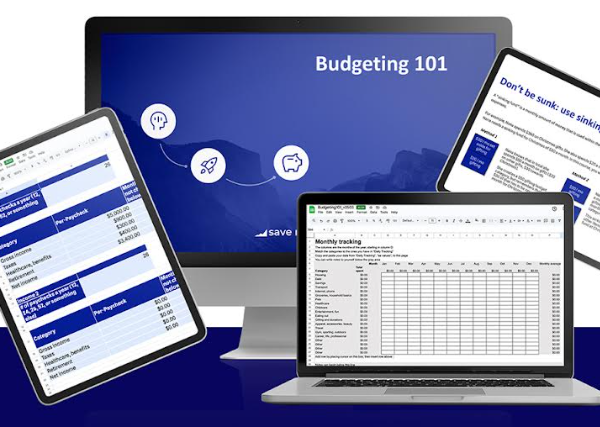Before you read this page, I wanted to highlight a few strong “rules” that I adhere to when I am teaching about this topic
- You should almost always prioritize the funding of your own retirement, before that of your kids’. That’s because your children have a longer time to fix their finances, before you do
- You are under no obligation to pay for any higher education for your children. It is always a nice to have, and do not make yourself feel bad if you don’t end up making a big college fund for your children
- Children cost money. That is a reality. Do not compare your progress against that of people who have smaller families to support
- Saving up money for children is not the only way to get them financially set. You can also set good financial behaviors, teach them about personal finance, and provide a strong network for them to tap into for job searches
There are 3 main buckets that kids’ accounts fall into:
- Save for education
- Save for general purposes
- Save for retirement
Save for education
529: For most parents this would be the 529. Investments grow tax free and can be spent tax-free as long as it is used on education. In about 30 states, you also get a state tax deduction on your contributions. Rules on how much you can contribute vary greatly by state, so google “[your state] + 529” to learn your specific state’s rules.
Coverdell ESA: Not a very well known account, but aimed at lower income households. You can put in up to $2k each year per beneficiary.
Save for general purposes
Use your own accounts! This is actually my preferred route because it allows me (the parent) to exact full control over the money for the kids. It does mean fewer tax advantages
UTMA / UGMA accounts (aka “custodial” accounts): These are any account that is established in the child’s name that becomes theirs at the age of majority (18 or 21 depending on your state). These can be checking, savings, or investing accounts. They’re popular because they do offer some tax advantages (most of the earnings in these accounts are taxed at the kids’ rate, but it does depend on how much and how taxes are filed) and there are no contribution limits (though you should be keeping track if you’re gifting above the annual gift tax exclusion amount). However, the downside is that the money becomes the child’s at quite a young age – personally I wouldn’t trust anyone in their 20s with sizeable sums of money. You can open these accounts with any financial institutions. These accounts are also popular for wealthy families as a way to set up a trust.
UTMA accounts can include real estate. UGMA cannot. Vermont and South Carolina do not allow for UTMA accounts.
Save for retirement
Custodial Roth IRA: if your child makes earned income (for example, they babysit or mow lawns, and then it gets reported on a tax return), then they can take those earnings and put them into a custodial Roth IRA. Similar to an adult Roth IRA, the contribution limit is the lesser of whatever the child made in the year, or the adult Roth IRA limit. Investments grow tax free, and then are withdrawn tax free after age 59.5 . You can open these accounts with most financial institutions.
Want to learn about these accounts more in-depth and get email based help from Save My Cents regarding saving for your kids? Consider joining the Save My Retirement Masterclass.










